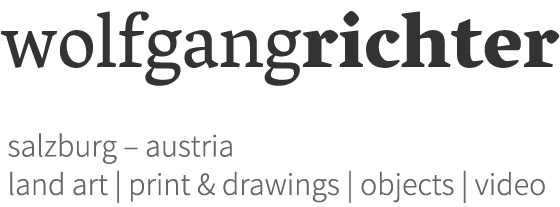Wege
Das deutsche Wort „Weg“ hat im Englischen – wie auch im Deutschen – zwei unterschiedliche Bedeutungen. Bei beiden geht es um die Möglichkeit, unterschiedliche Richtungen einzuschlagen.
Ich deute die Borkenkäferwege, die sich in der Rinde und am Stamm der Fichten bohren, als Wege, als Metapher für diese unterschiedlichen Richtungen.
Borkenkäfer, die oft als Umweltschädlinge verteufelt werden, sind jedoch Ökosystemingenieure als „Parteigänger der exklusiven Nadelbaumindustrie“. Sie schaffen Lebensraum für viele andere Organismen.
Ich nehme die Arbeit des Borkenkäfers als Ansporn, über Weisen und Verhaltensweisen nachzudenken, wer wir sind, und angemessen zu handeln.
Vie / Modi
Ci sono due significati diversi per la parola tedesca „Weg“ in italiano – così come in tedesco. Entrambi riguardano la possibilità di prendere direzioni diverse.
Capisco i tunnel del bostrico nella corteccia e sul tronco degli abeti rossi come un sentiero, una metafora di queste diverse direzioni.
Spesso demonizzati come parassiti ambientali, tuttavia, i bostrico sono ingegneri dell’ecosistema come „partigiani dell’industria esclusiva delle conifere“. Creano habitat per molti altri organismi.
Assumo il lavoro del bostrico come stimolo a pensare a modi/modi di sentire chi siamo e di agire in modo adeguato.
Ways
The German word „Weg“ has two different meanings in German – as well as in English. Both are about the possibility of taking different directions.
I interpret the bark beetle paths that bore into the bark and trunk of the spruce trees as paths, as a metaphor for these different directions.
However, bark beetles, which are often demonized as environmental pests, are ecosystem engineers as „partisans of the exclusive conifer industry“. They create habitats for many other organisms.
I take the work of the bark beetle as an incentive to think about ways and behaviors, who we are, and to act appropriately.
